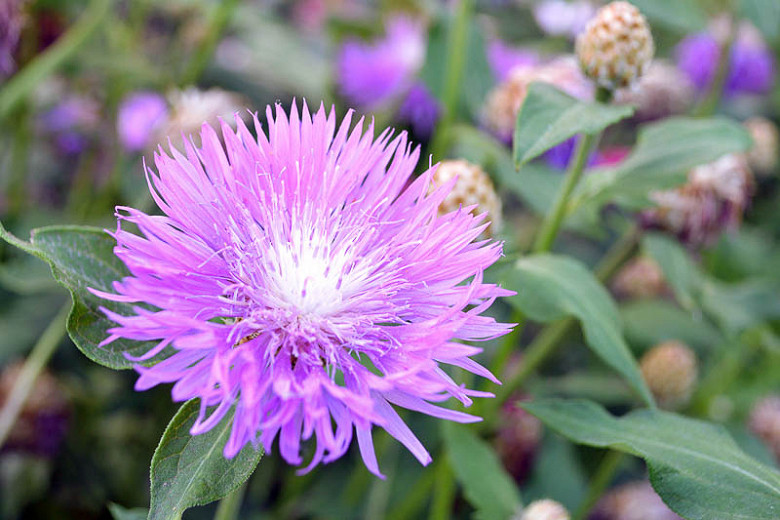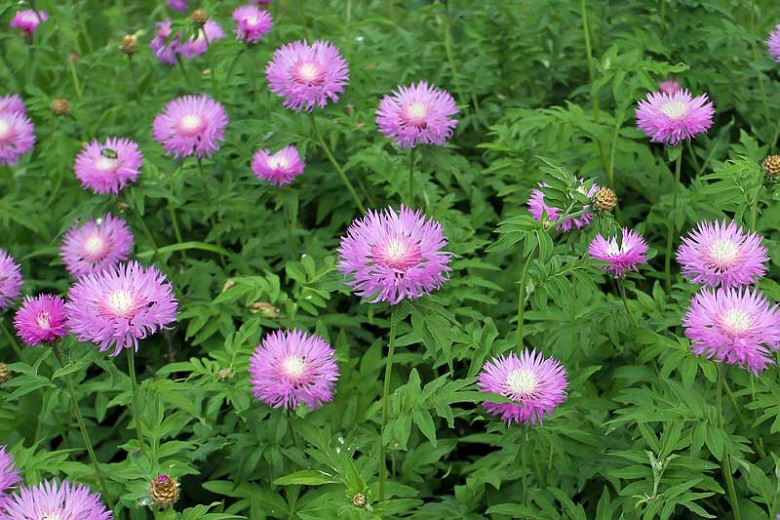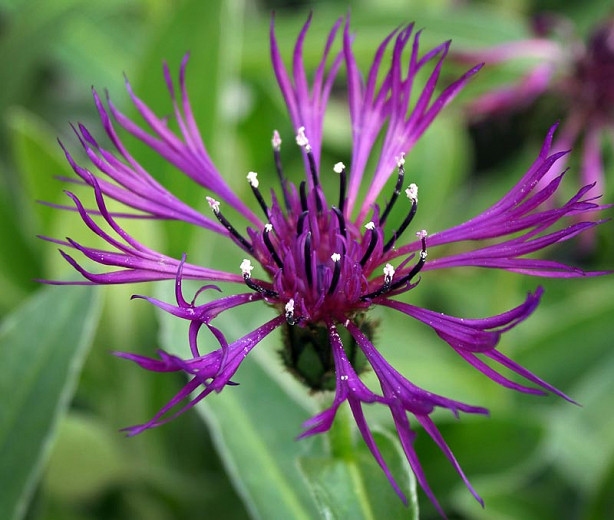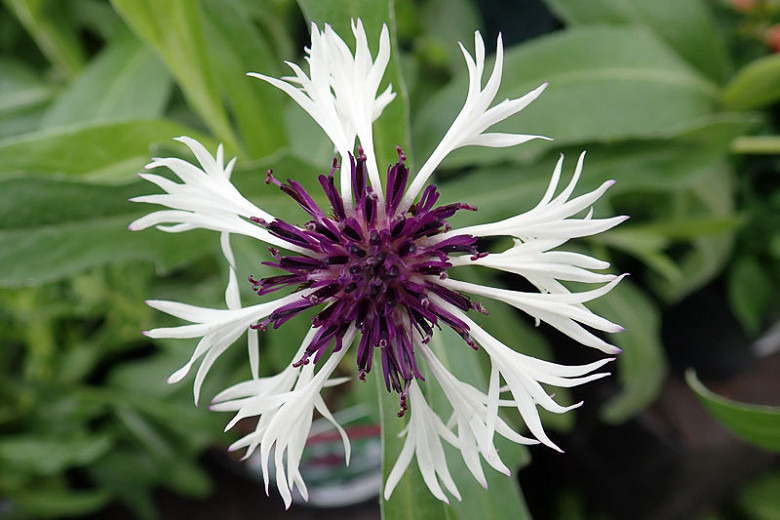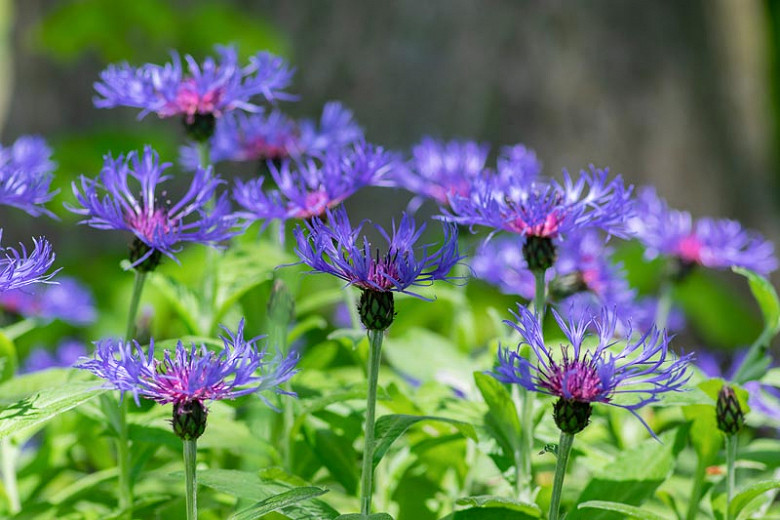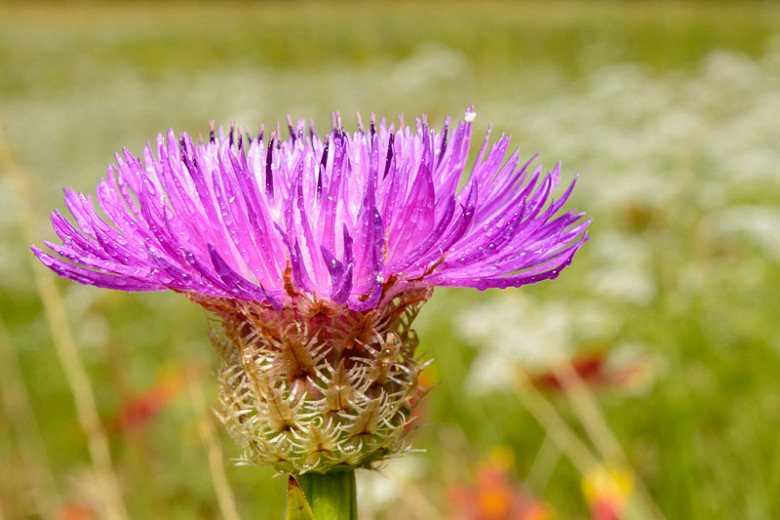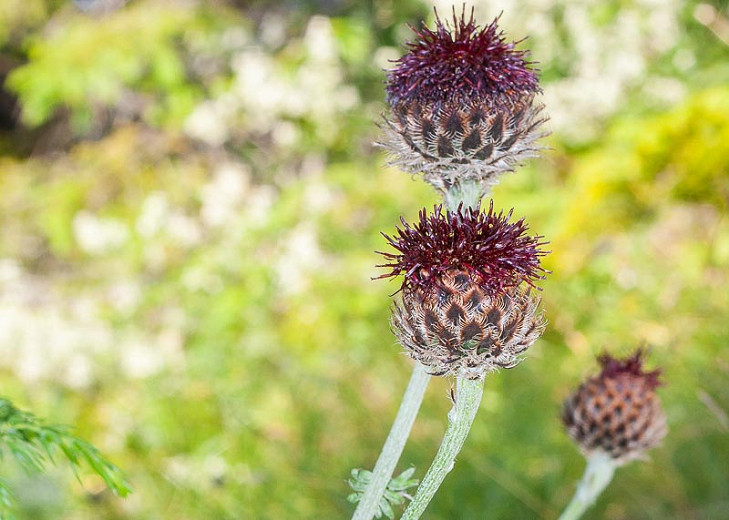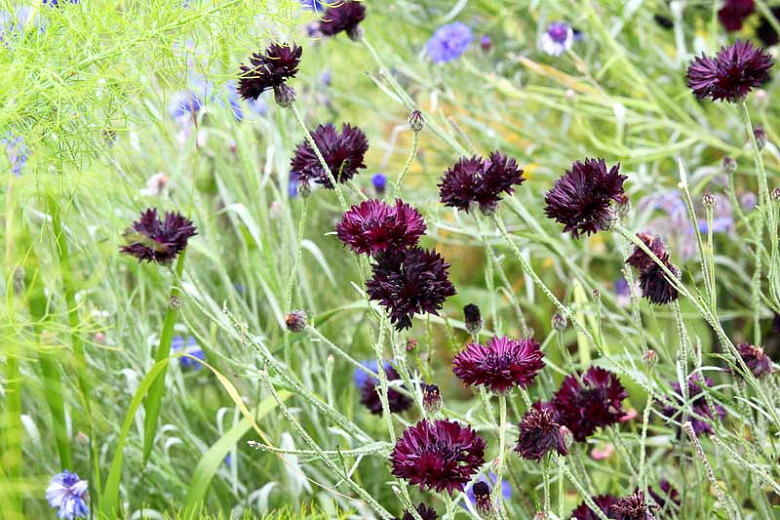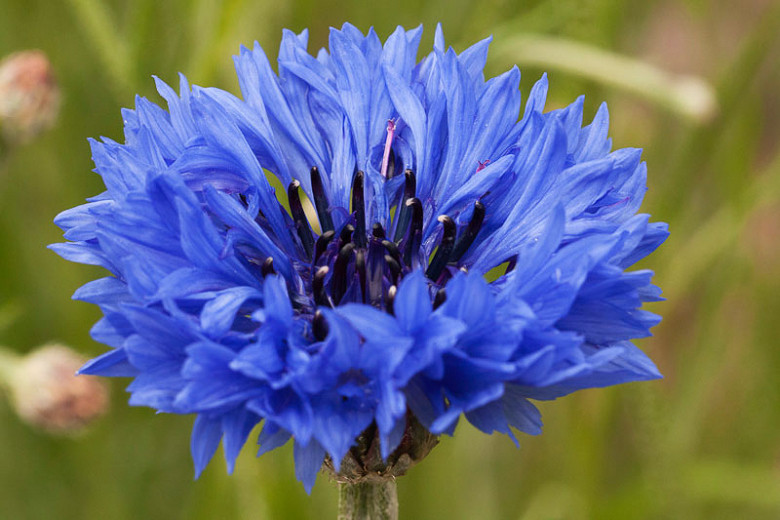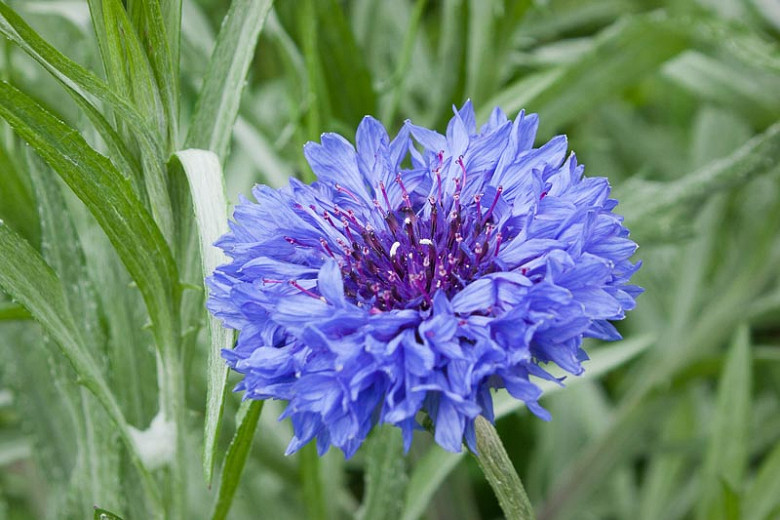Centaurea dealbata (Persian Cornflower)
Centaurea dealbata (Persian Cornflower) is a clump-forming perennial boasting lilac-pink flowers in early to mid-summer. Attracting bees, butterflies, and other admirers, the blossoms are carried on upright stems above a bushy clump of narrowly oval, lobed, gray-green leaves. Native to the Caucasus, Persian Cornflower is well suited to growing in the sunny border, cottage gardens, meadows, and wild gardens.
Centaurea dealbata (Persian Cornflower) is a clump-forming perennial boasting lilac-pink flowers in early to mid-summer. Attracting bees, butterflies, and other admirers, the blossoms are carried on upright stems above a bushy clump of narrowly oval, lobed, gray-green leaves. Native to the Caucasus, Persian Cornflower is well suited to growing in the sunny border, cottage gardens, meadows, and wild gardens.
- Grows up to 18-30 in. tall (45-75 cm) and 18-24 in. wide (45-60 cm).
- Performs best in full sun in nutrient-poor, well-drained soils.
- Good choice for beds and borders, coastal gardens, cottage gardens, prairies, and meadows. Excellent fresh-cut flowers.
- No serious pest or disease issues. Keep an eye out for powdery mildew. Deer and rabbit resistant.
- Deadhead regularly to prolong flowering, and cut back in autumn
- Propagate by seed or by division.
- Centaurea dealbata is native to the north Caucasus, Transcaucasia, and Turkey.
Requirements
| Hardiness | 3 – 9 |
|---|---|
| Heat Zones | 1 – 9 |
| Plant Type | Perennials |
| Plant Family | Centaurea – Cornflowers |
| Exposure | Full Sun |
| Season of Interest | Summer (Early,Mid) |
| Height | 1' – 3' (30cm – 90cm) |
| Spread | 1' – 2' (30cm – 60cm) |
| Spacing | 18″ – 24″ (45cm – 60cm) |
| Water Needs | Low, Average |
| Maintenance | Low |
| Soil Type | Chalk, Clay, Loam, Sand |
| Soil pH | Acid, Alkaline, Neutral |
| Soil Drainage | Moist but Well-Drained, Well-Drained |
| Characteristics | Cut Flowers, Showy |
| Tolerance | Deer, Rabbit |
| Attracts | Bees, Birds, Butterflies |
| Garden Uses | Beds and Borders |
| Garden Styles | Coastal Garden, Informal and Cottage, Prairie and Meadow |
